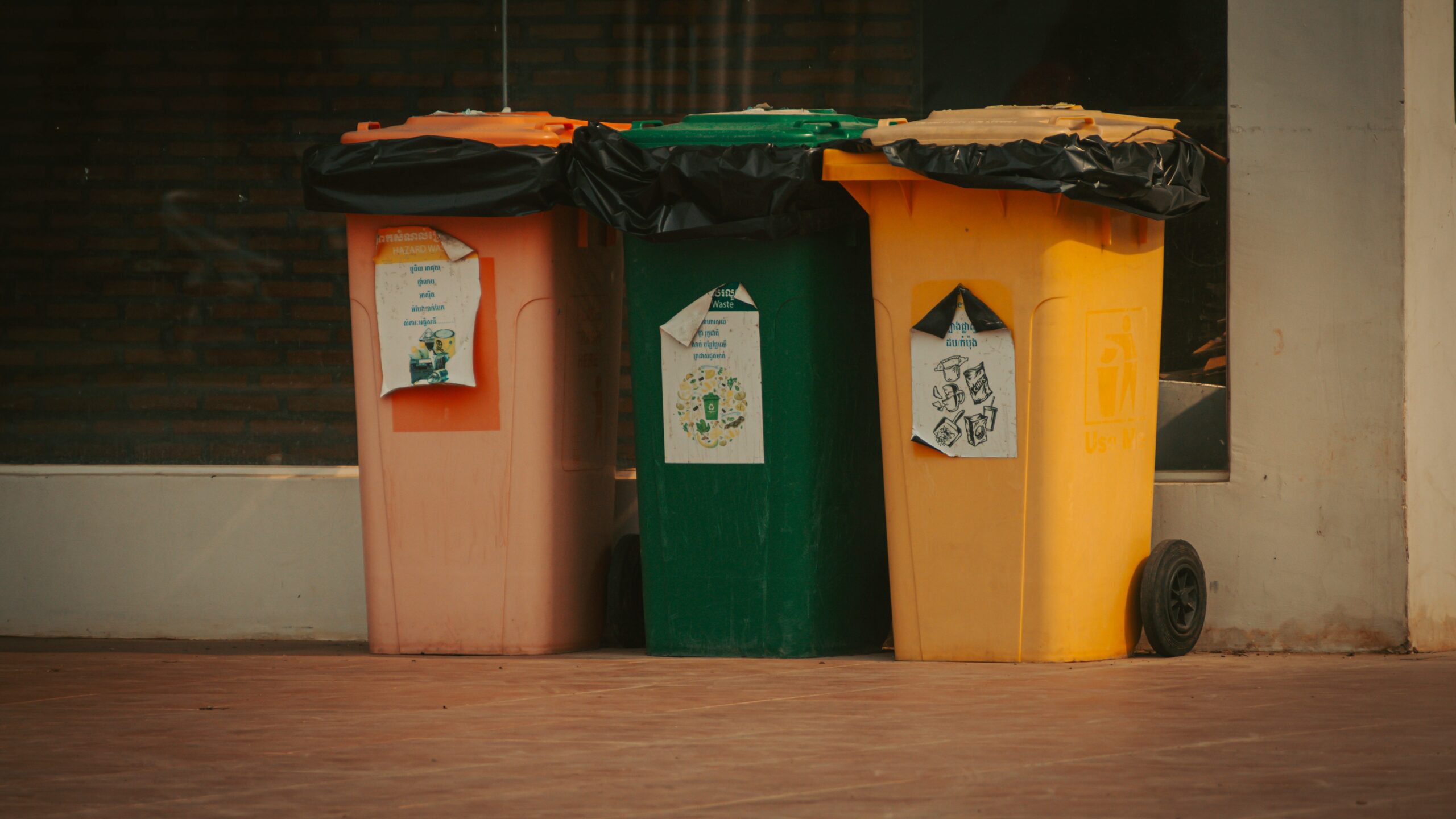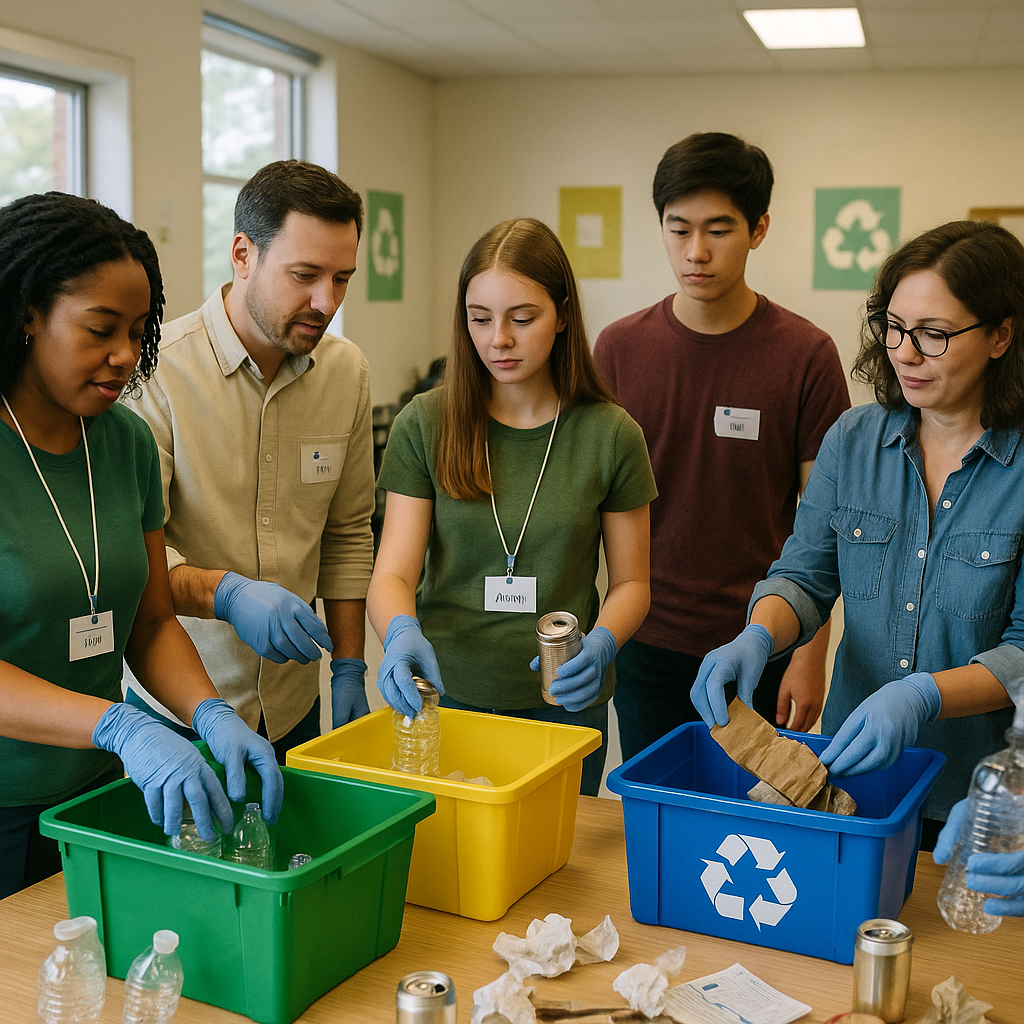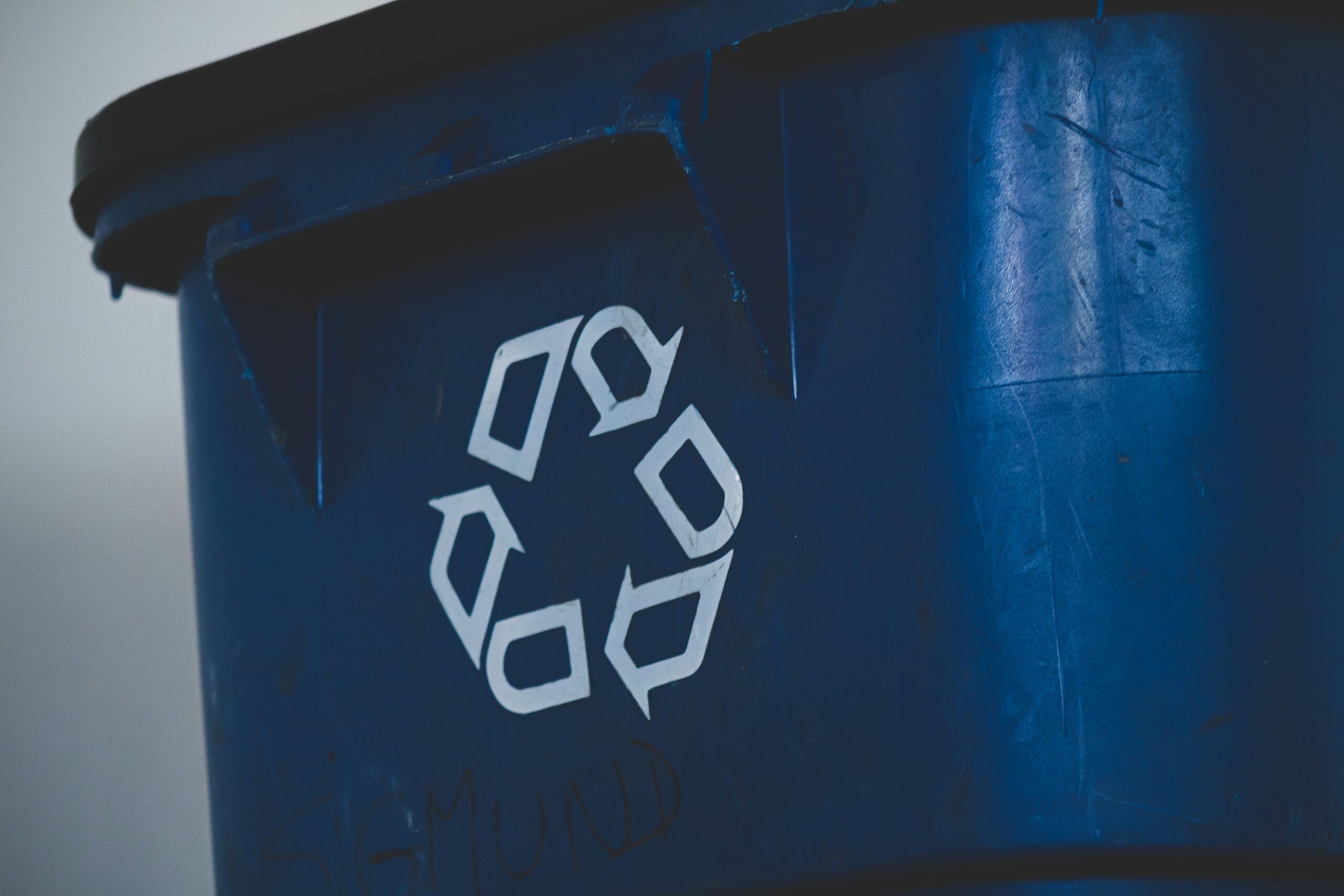5901 Botham Jean Blvd, Dallas, TX 75215
Benefits of Partnering with Businesses for Scrap Collection
May 22, 2025Each year, the United States generates over 292 million tons of municipal solid waste. Recycling programs divert only about 32% of this material from landfills, highlighting significant untapped potential. Businesses collaborating on scrap collection initiatives can address this gap.
Partnering with businesses for scrap collection is a strategic waste management approach offering economic and environmental benefits. These partnerships convert what many see as waste into valuable resources, creating efficient pathways for materials to reenter production cycles instead of ending up in landfills.
Collaboration between recycling facilities and businesses creates effective mechanisms for material recovery and environmental protection. Companies generating significant amounts of metal waste or other recyclables can transform waste management practices through these partnerships, shifting from costly disposal to potential revenue generation while supporting sustainability goals.
How Can Businesses Optimize Their Scrap Collection Processes?

Strategic location selection is crucial for effective scrap collection programs. Businesses that carefully position their drop-off points experience higher participation rates and material recovery. Ideal locations accommodate various vehicle sizes and offer quick, hassle-free drop-offs in areas that align with existing traffic patterns.
Strategic Drop-off Location Selection
Community-centered locations greatly enhance program success. These familiar settings normalize recycling behaviors and provide the visibility needed for sustained participation. Businesses should consider the following potential drop-off locations:
- Schools and educational institutions
- Churches and community centers
- Shopping center parking lots
- Existing waste transfer stations
- Public parks and recreational areas
- Business parks and office complexes
Municipal partnerships can expand location options. Many successful programs collaborate with local governments to establish drop spots at town transfer stations where residents already visit for waste disposal, making recycling a natural extension of existing habits.
Efficient Transportation Solutions
Transportation efficiency directly affects the economic viability of scrap collection programs. Businesses can adopt various approaches to optimize this aspect of their operations. Regular collection schedules create predictable services that both staff and participants can rely on.
Volunteer networks offer a cost-effective transportation solution, especially for community-based initiatives. Businesses can coordinate with local environmental groups to set up pickup teams that transport materials from satellite collection points to central processing facilities. This approach is particularly beneficial for elderly or disabled residents who might otherwise be unable to participate.
Professional waste management partnerships provide scalability for growing programs. These established networks already have the vehicles, routes, and logistics expertise needed for efficient material movement, often including access to specialized equipment for handling bulky or heavy scrap items.
Maximizing Accessibility
True accessibility involves more than convenient locations. Consider proximity to public transportation routes for participants without personal vehicles. All collection points should comply with ADA standards, featuring smooth paths, appropriate ramp access, and obstacle-free drop-off zones.
Physical layout significantly affects user experience. Position collection containers in visible locations with enough space for multiple users simultaneously. The design should keep drop-off points at least 30 meters away from bus stops, road junctions, and pedestrian crossings to ensure smooth traffic flow and minimize safety risks.
Clear communication tools are essential even at well-located sites. Install prominent, weather-resistant signage with simple instructions and visuals showing acceptable materials. Color-coding collection bins simplifies the process for users navigating multiple material streams. Consistent operational hours build reliability into the program, with weekend and evening availability proving especially important for working professionals.
Real-World Success: The Town of Saugerties Model
The Town of Saugerties exemplifies effective location strategy by positioning their scrap drop-off area at the existing town transfer station. This integration leverages established waste disposal habits, making scrap recycling a convenient extension rather than a separate errand. The clearly marked area features consistent hours aligned with transfer station operation, maximizing accessibility for residents already visiting the facility.
Their program includes well-designed traffic flow patterns that minimize congestion during peak hours. Clear signage guides participants through the process, from entrance to exit. The physical layout accommodates various vehicle sizes while separating pedestrian traffic from vehicle movement. This thoughtful design creates a safe, efficient experience that encourages regular participation.
By implementing these strategic approaches to drop-off locations, transportation solutions, and accessibility enhancements, businesses can significantly improve the efficiency and effectiveness of their scrap collection processes. These optimizations not only increase participation rates but also improve the quality and quantity of materials recovered, creating both environmental and economic benefits.
What Strategies Can Educate and Motivate Participants in Scrap Collection?

Education is crucial for successful scrap collection initiatives. Providing clear information about which materials to collect and their significance transforms casual participants into informed contributors. Detailed guides that highlight high-value materials like ferrous metals and copper versus low-value items help participants prioritize their efforts and maximize environmental impact.
Creating Clear Visual Guides
Visual guides with photographs and descriptions of common recyclable items eliminate confusion at collection points. These materials should clearly show examples of valuable scrap items like copper wiring, steel components, and aluminum cans. Using straightforward language ensures everyone understands what to collect, regardless of their previous recycling knowledge.
Distributing these guides before collection events gives participants time to gather appropriate materials. Many communities find that detailed visual guides reduce contamination rates by up to 25%, resulting in higher-quality materials that offer better environmental and financial returns.
Color-Coding Systems for Simplified Sorting
Color-coding systems greatly reduce confusion at drop-off locations. Assigning specific colors to different metal categories makes identification quick and intuitive. Blue bins for aluminum, red for copper, and gray for steel create a visual shorthand that helps participants sort materials correctly, even in busy environments.
Large, clear signage placed above each container showing examples of acceptable items reinforces the color system. This approach is especially effective during community collection events where participants need to make quick decisions about where to place items.
Developing Engaging Educational Materials
Educational materials explaining the recycling process from collection to processing help participants understand why proper sorting matters. Short videos showing how metals transform from scrap to new products connect individual actions to real-world outcomes. These resources should emphasize how recycled metals reduce the need for raw material extraction.
Concrete statistics make environmental benefits tangible. For example, sharing that recycling one ton of steel conserves 2,500 pounds of iron ore and 1,400 pounds of coal helps participants visualize their impact. When participants understand these benefits, they become more committed to careful collection and sorting.
Interactive Learning Approaches
Turning education into entertainment significantly increases engagement. Recycling-themed games transform what might seem like a chore into an engaging activity. Metal identification challenges, where participants learn to distinguish different types of metals through hands-on activities, build practical skills while maintaining interest.
Simple quiz games testing knowledge of recyclable materials, with small prizes for participation, work well with various age groups. A neighborhood in Dallas implemented these interactive approaches and saw their scrap collection volume increase by 40% within three months as participants became more confident in identifying valuable materials.
Leveraging Competition as Motivation
Friendly competition creates powerful motivation for scrap collection. Setting up contests between neighborhoods, schools, or community groups to see who can collect the most scrap metal transforms individual actions into team efforts. Tracking progress through visible leaderboards at collection sites or online maintains enthusiasm throughout the campaign.
Meaningful rewards for winning teams, such as funding for community improvement projects, strengthen the connection between recycling efforts and local benefits. This approach works by combining environmental education with social engagement, addressing both practical knowledge and motivation.
Workshop and Demonstration Events
Hands-on workshops teach participants how to identify valuable metals in everyday items. Demonstrations showing how to safely prepare materials for recycling, such as removing insulation from copper wire, provide practical skills that empower participants to become more effective collectors.
Scheduling these workshops before collection events prepares participants for successful participation. Recording sessions allows those who cannot attend in person to access the information, extending educational reach throughout the community.
How Does Community Involvement Enhance Scrap Collection Partnerships?

Community involvement lays the groundwork for successful scrap collection partnerships. When residents unite around environmental goals, participation rates and collection volumes rise significantly. The key is creating structured opportunities that make recycling accessible and rewarding for everyone involved.
Establishing dedicated recycling clubs transforms occasional scrap drives into ongoing community efforts. These clubs form a core team of committed individuals who champion recycling initiatives throughout the year. Members gain specialized knowledge about materials recovery and sorting techniques, becoming valuable resources for neighbors with recycling questions.
Setting clear, measurable goals gives community members something tangible to work toward. Establish specific targets for collecting materials like aluminum, steel, or electronics. Public tracking methods build momentum and encourage healthy competition between neighborhoods or community groups.
Transparent goal-setting demonstrates the impact of community efforts. When residents see progress toward collecting 500 pounds of aluminum or diverting a ton of scrap metal from landfills, their motivation increases. Regular updates through community newsletters, social media, or displays at collection sites reinforce the collective impact of individual actions.
Volunteer engagement transforms scrap drives from mundane collection events into vibrant community activities. Create varied roles that match different skills and availability. Collection site monitors ensure proper material sorting. Educational ambassadors spread awareness about acceptable materials. Logistics coordinators handle transportation details.
Volunteers are the human face of recycling initiatives. Their enthusiasm inspires others to participate, helping overcome participation barriers. Brief training sessions ensure volunteers understand guidelines and can answer common questions. Recognition programs acknowledge their contributions and maintain their commitment.
Government partnerships elevate scrap drives from isolated events to integrated components of community waste management. Local government collaboration provides legitimacy, resources, and broader reach for recycling initiatives. When approaching officials, come prepared with specific requests and clear benefits.
Most municipalities welcome community-led environmental efforts that align with sustainability goals and reduce waste management costs. Government partners can contribute by providing public spaces for collection events, offering waste management expertise and equipment, or creating promotional opportunities through official channels.
Building sustainable engagement requires regular communication about environmental impact. Share success stories that highlight how collected materials benefit the community. Regular workshops and educational programs deepen understanding of waste reduction principles, extending the impact beyond collection days.
Recognition of volunteers and participants sustains momentum between collection events. Simple acknowledgments in community newsletters or social media validate efforts and inspire others to join. This approach transforms scrap drives from occasional events to integral parts of community identity, creating lasting environmental impact through sustained material recovery.
Conclusion: Transforming Business-Community Partnerships in Scrap Collection

Business-community partnerships in scrap collection are a powerful way to tackle environmental challenges while also generating economic benefits. These collaborations create efficient recycling systems that reduce waste and conserve valuable resources. By working together, businesses and communities establish collection processes that maximize material recovery and minimize contamination.
The impact of these partnerships goes beyond environmental conservation. They create jobs, support local economies, and strengthen community bonds. By educating participants and fostering involvement across different stakeholder groups, these initiatives promote a culture of sustainability that continues to grow over time. As more businesses recognize the benefits of participating in collaborative scrap collection efforts, we move closer to a truly circular economy.
For recycling needs that support both environmental goals and business objectives, contact Okon Recycling at 214-717-4083. Our team can help you develop or enhance scrap collection partnerships that benefit your organization and community.
